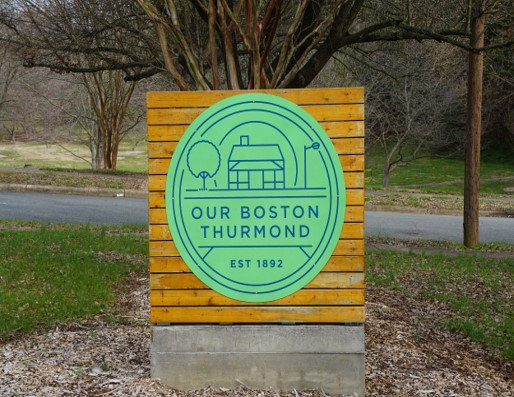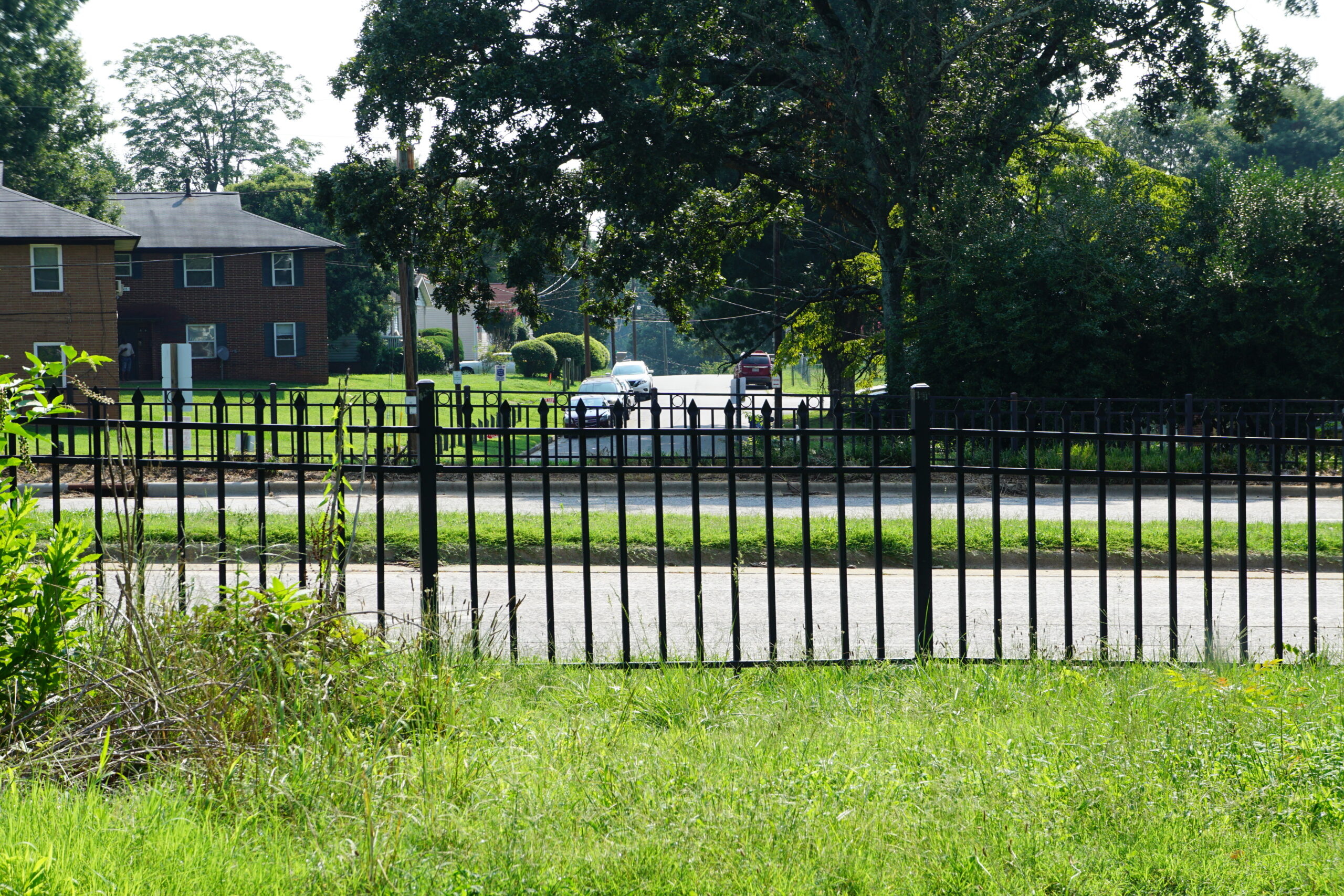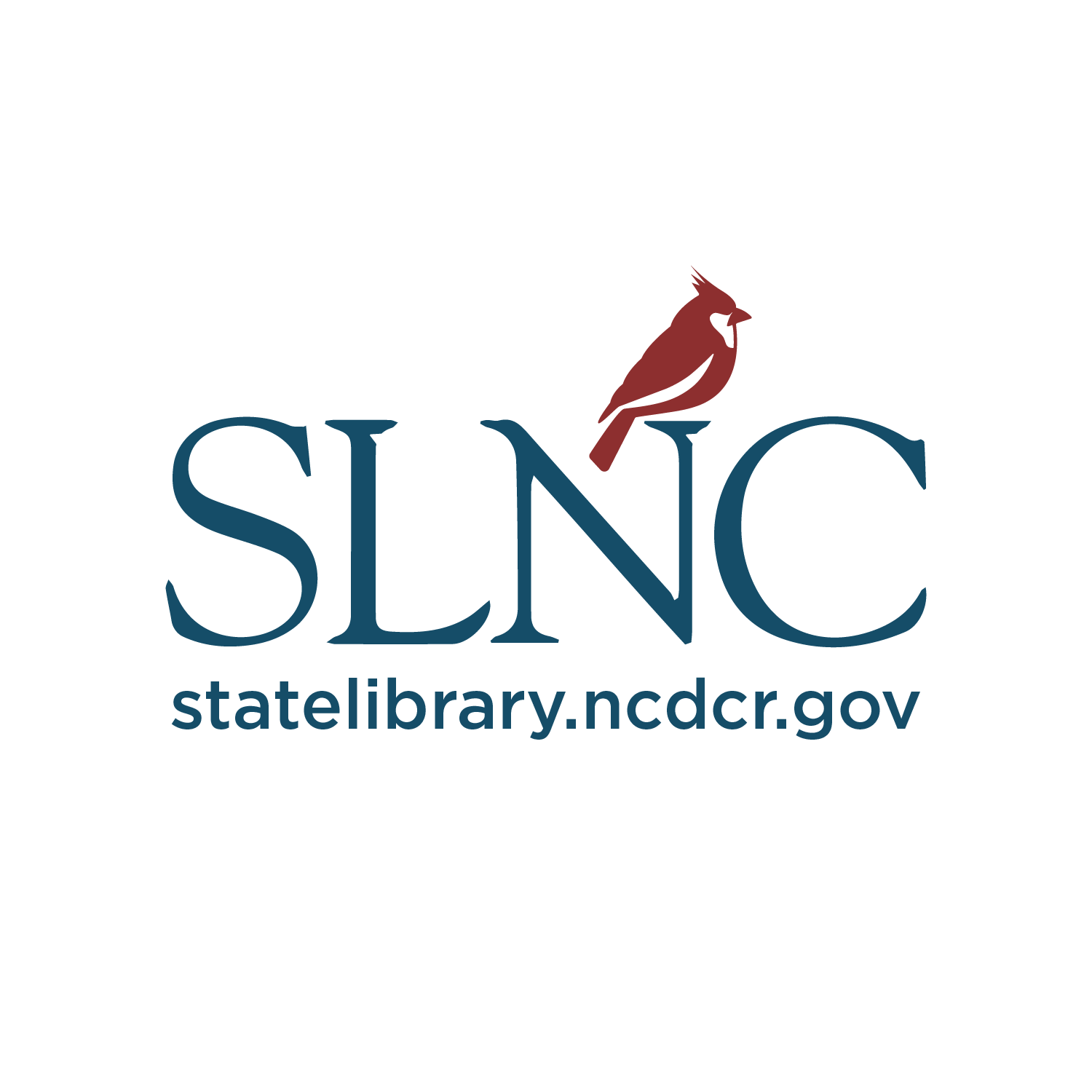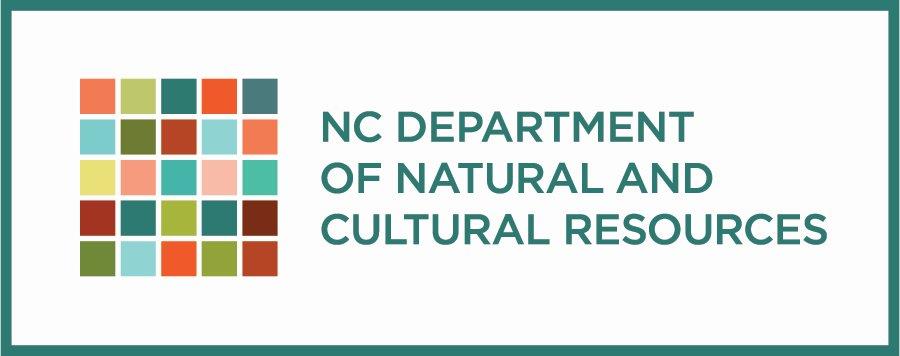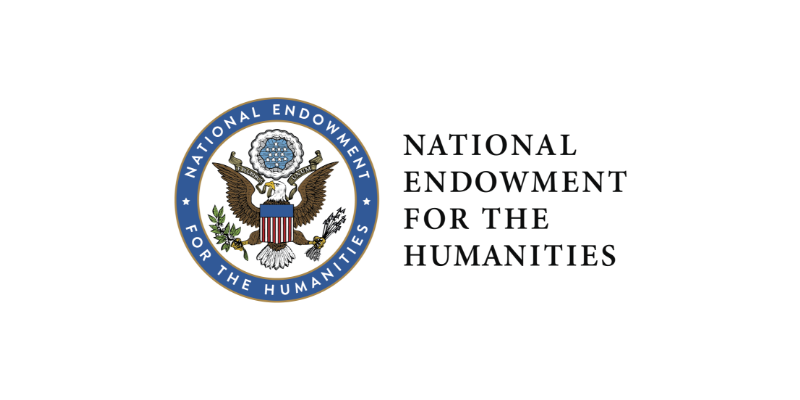Grantee Spotlight: A Q+A with Boston-Thurmond Community Network
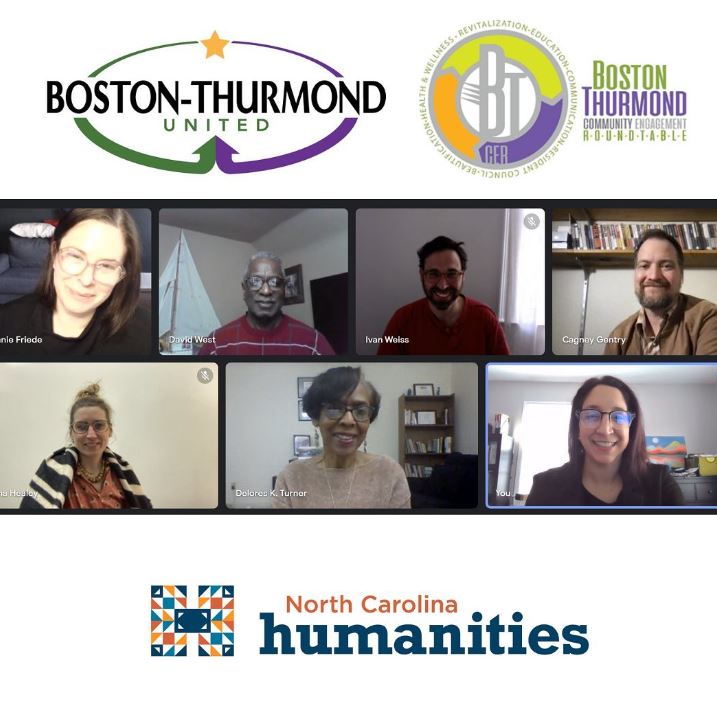 Places carry meaning. Places are more than just a pinpoint on a map. They have value – historically, culturally, naturally, and personally.
Places carry meaning. Places are more than just a pinpoint on a map. They have value – historically, culturally, naturally, and personally.
Neighborhoods in particular carry a lot of meaning. They help establish a personal and shared identity and a sense of community. Where you grew up, or where you live now, is often one of the first ways we identify ourselves with new people. For the residents of Boston-Thurmond, this neighborhood-based identity is often synonymous with resilience. Established in 1892, Boston-Thurmond is one of the last intact, historically black neighborhoods in Winston-Salem. Families there have persisted through a lot of hardships, but there is also a lot of joy.
In 2021, Boston-Thurmond Community Network received a Community Engagement Grant from North Carolina Humanities to support the collection of oral histories and archival materials related to Boston-Thurmond. In 2022, they received a second grant to continue their work and collaborate with new scholars, filmmakers, nonprofits, and artists on a virtual exhibition and neighborhood archive of the untold stories that humanize Boston Thurmond, both present day and historically.
We connected with David West of the Boston-Thurmond Community Engagement Roundtable (which helps with neighborhood revitalization, safety, and beautification) and Elise Barrella, an independent urban planning and transportation systems researcher and fellow Boston-Thurmond revitalization team member, to learn more about the historic Boston-Thurmond neighborhood and why preserving places, history, and memories are important.
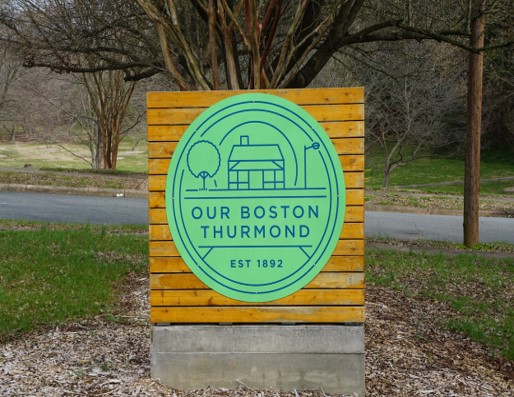 What is Boston-Thurmond?
What is Boston-Thurmond?
David: Boston-Thurmond is a neighborhood established in 1892 just north of downtown Winston-Salem. It’s one of the oldest black neighborhoods in the city. Between the 1890s-1920s, the area grew as a hub of black social, cultural, and economic life. Due to segregation, it was a place where manufacturing workers, domestic servants, doctors, lawyers, trash collectors, and numerous other professions all lived. Back in the 1950s-1960s, the community was literally bisected with highways being constructed and Wake Forest University moving to the city. It was a thriving community and still is. I am a resident here in this community. My family’s been here for over 100 years.
What is urban renewal, and how has Boston-Thurmond been impacted by it?
Elise: The urban renewal that happened to Boston-Thurmond is pretty typical of cities across the United States. Historically, urban renewal was a planning and development approach in the 1950s-1960s, a philosophy of sorts, purporting to clear blight. That could sometimes mean taking parts of a neighborhood and razing what was there. For example, single family homes could be replaced with public housing complexes. The way that they were designed and built was maybe not the best approach for a thriving community, or not necessarily even what the residents wanted or asked for. Highway construction was part of this historic urban renewal which resulted in highways being built through neighborhoods, particularly minority neighborhoods. Because of redlining and some other trends, these neighborhoods tended to be considered lower-value property to justify routing roads through them. University Parkway construction in Winston-Salem literally bisected the neighborhood. It resulted in tearing down or relocating a lot of single-family homes. Today it’s still separated; you have to climb up and over fences to cross the neighborhood in some locations. There were some positives to urban renewal, and there’s some great revitalization efforts now, but there were also significant downsides.
 What has funding from North Carolina Humanities helped you do?
What has funding from North Carolina Humanities helped you do?
Elise: Our work with NC Humanities came out of a desire to tell stories of the neighborhood, both historically and of current residents and families. There are many older residents who have wonderful knowledge of what it was like to grow up in the neighborhood. A lot of these stories haven’t been well documented or are underreported, which is true of a lot of black communities throughout the United States. NC Humanities is helping us pull out some of those important stories and themes, which we are translating to other forms, whether it’s our upcoming documentary, exhibit, or neighborhood murals.
David: We are collaborating with local experts, filmmakers, artists, and institutions to develop a documentary film and virtual exhibition. The exhibit will include maps, photographs, written narratives, and of course, the oral histories we’ve collected. These resources will help us communicate about what makes our neighborhood special, historically and culturally, to current residents, new residents, and younger generations.
Why should we care about neighborhoods like Boston-Thurmond? Is it important to reflect on the past?
David: Understanding and reflecting on the past is critical to where we will go in the future because, in some cases, we don’t want to go back to how things were. We don’t want redlining anymore, we don’t want segregation anymore, and so on. Knowing that path, and exhibiting that path, is thought-provoking. This community is going to be gone one day. Now is the time to collect our stories and preserve them, so people will know we did exist.
Elise: History is great for questioning how things came to be and why but also for learning about resilience. In the case of Boston-Thurmond, the neighborhood has been impacted by a lot of outside forces, but the residents have always been so resilient. At the beginning, the neighborhood was very income-diverse. Families and careers were very diverse. Today, that type of mixed-income community is something that is under threat as gentrification occurs. Through this project with NC Humanities, we want to empower the residents with knowledge and history. I think it can be really empowering for people to be able to advocate for themselves and their neighborhoods and drive things in a direction that’ll help make a sustainable community that they want.
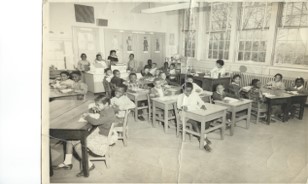 What are some of the stories about the neighborhood you’ve heard so far?
What are some of the stories about the neighborhood you’ve heard so far?
David: We’re looking for stories from elementary school students, middle school students, seniors, and so on. Our community identity encompasses all of them. The oral history that I provided was from my experiences growing up in 1960s through present day. I pointed out where things used to be in our community, where I used to go play, and so on.
Elise: Residents are sharing important places and events with us; whether it’s Saints Home Church, one of the first churches built in the neighborhood, or integration.
David: Paisley, now a middle school, was one of Big Four black neighborhood high schools until integration. We’ve spoken with alumni who either attended or graduated from Paisley, who then reflected on their learning experience and the impacts integration had on their education, the neighborhood, and the city.
Elise: There are many interesting historic things to reflect upon but also some current revitalization efforts that we want to tie in. We are talking to new residents about their experiences and what attracted them to the neighborhood as well.
What’s next for Boston-Thurmond Community Network?
David: Using what resources we have collected, we are planning to develop a community history trail throughout the community itself that will include murals, interactive programming, and more. NC Humanities is helping us with that too. After reading some history of the neighborhood, we invite local artists, residents, and other community organizers familiar with trail-building to share their ideas about what we could possibly add to the trail.
How can people support Boston-Thurmond United?
David: If you’d like to learn more and support our work, please visit https://bostonthurmondunited.org/join-us/ where you can donate and share your stories. We also have town meetings and lunch-and-learn meetings, and we invite you to come. We’re looking to get more residents involved with what we’re doing because we want them to tell their stories. You can also follow the documentary project on Instagram (@btdocproject) for story excerpts and updates on films and exhibits.
About North Carolina Humanities’ Grantee Spotlights: NC Humanities’ Grantee Spotlights shine a light on the incredible work of our grantee partners, offering details about their funded project, and feature a Q&A with a team member(s) associated with the organization.
This interview has been edited for length and clarity.
Photo Credits: Boston Thurmond United


